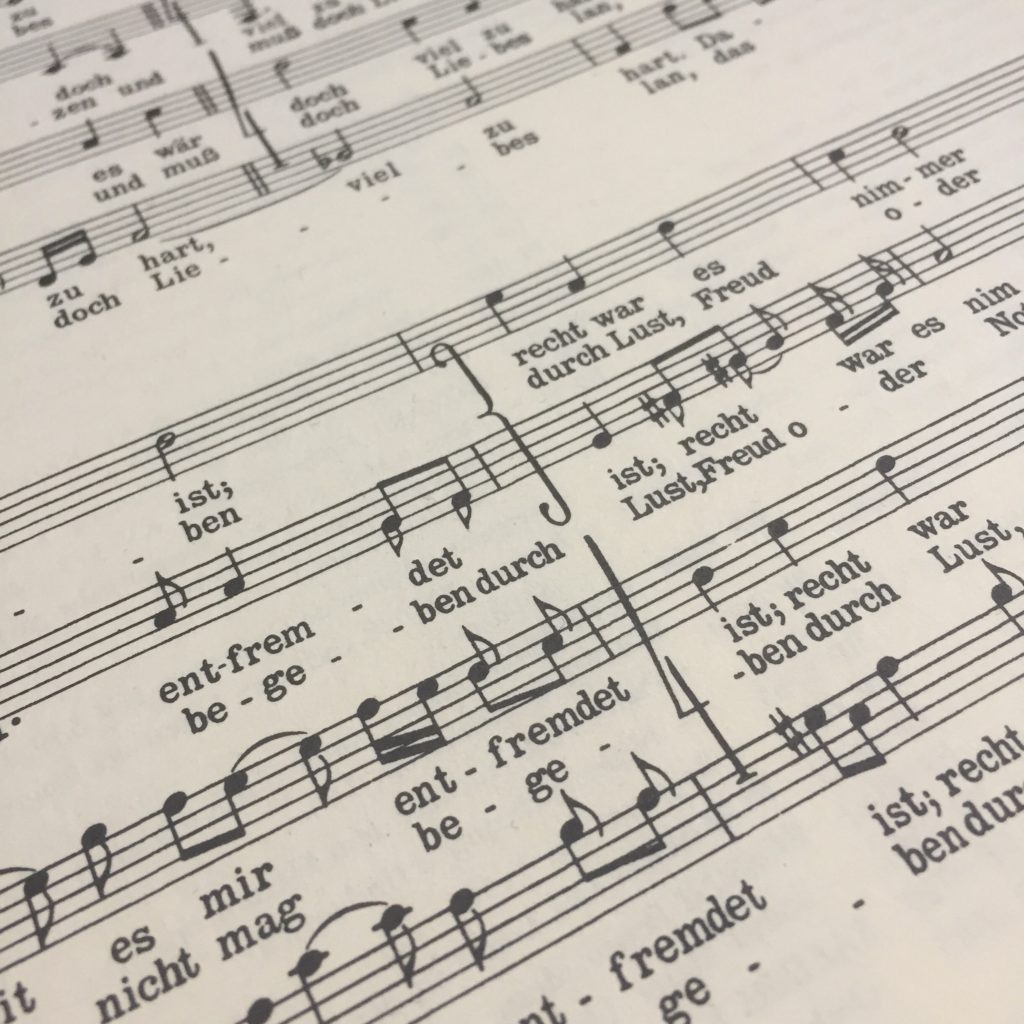Published
Music notation software
Just came across StaffPad via SB, music notation software for tablets. Looks very cool.
I used Sibelius pretty heavily in college, dabbled with Finale a bit as well. Looks like Sibelius is now a subscription app à la Adobe CS 😕 so I probably wouldn’t reach for it now. There is a free tier, but it’s pretty limiting. Finale’s not a subscription app, but it’s an eye-watering $600 for the most recent version. I’m all for paying for software when it’s worth it, but that seems steep.
StaffPad is $89.99 in the Mac App store as of right now, which seems very reasonable considering the features it offers. The handwriting recognition in particular looks pretty nifty, though I wonder how accurate it would be in practice…
My music notation needs are generally very intermittent (nonexistent at the moment…), so I’ll probably stick to LilyPond for now. It’s free, open source software that’s a lot like LaTeX but for music, does the job and can achieve some pretty complex notation. I do wish it was easier to control the text and notation fonts, but you can’t have everything. A huge upside of using LilyPond is keeping scores in version control via Git, which I think I’d miss if I moved to something with a more traditional UI.
